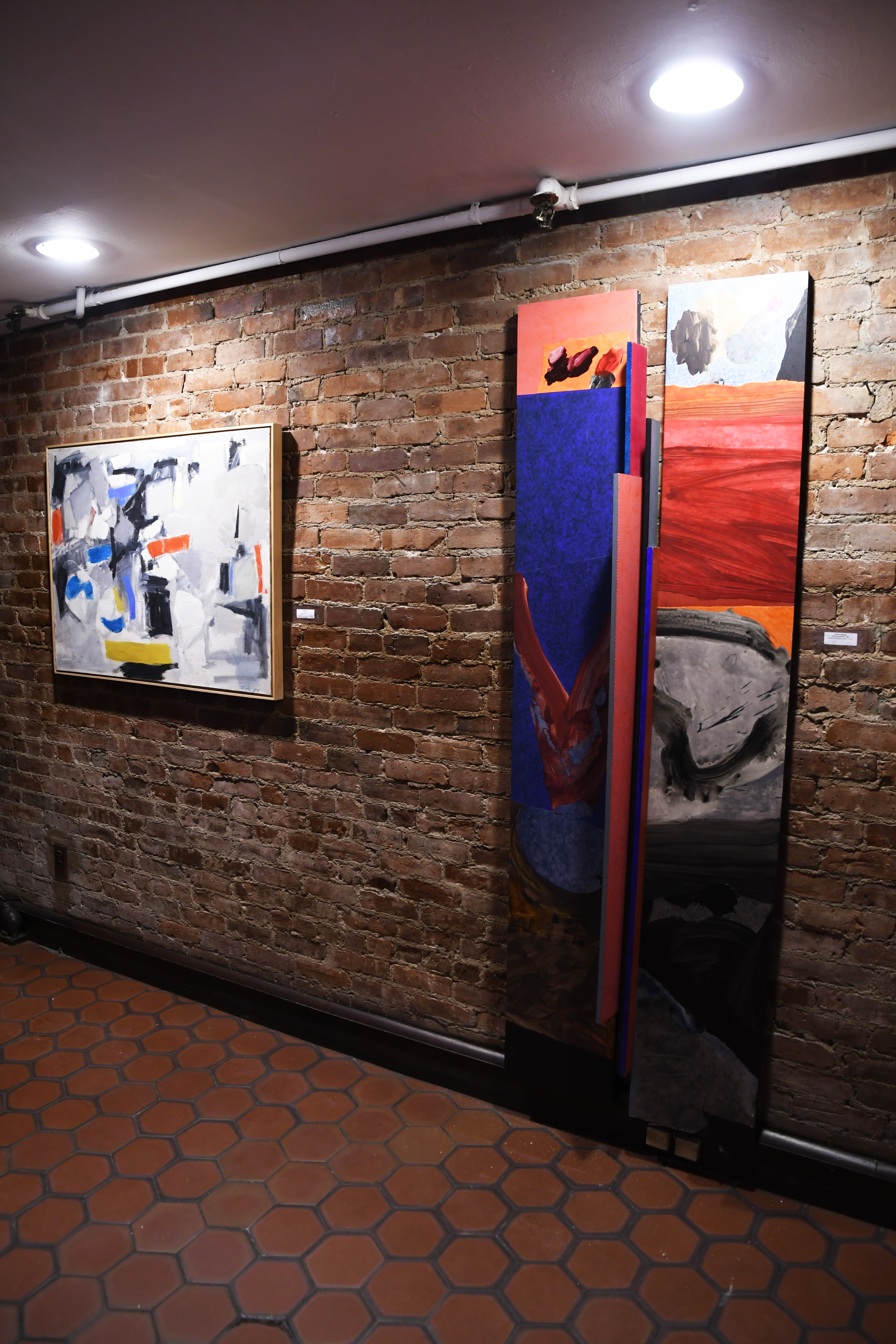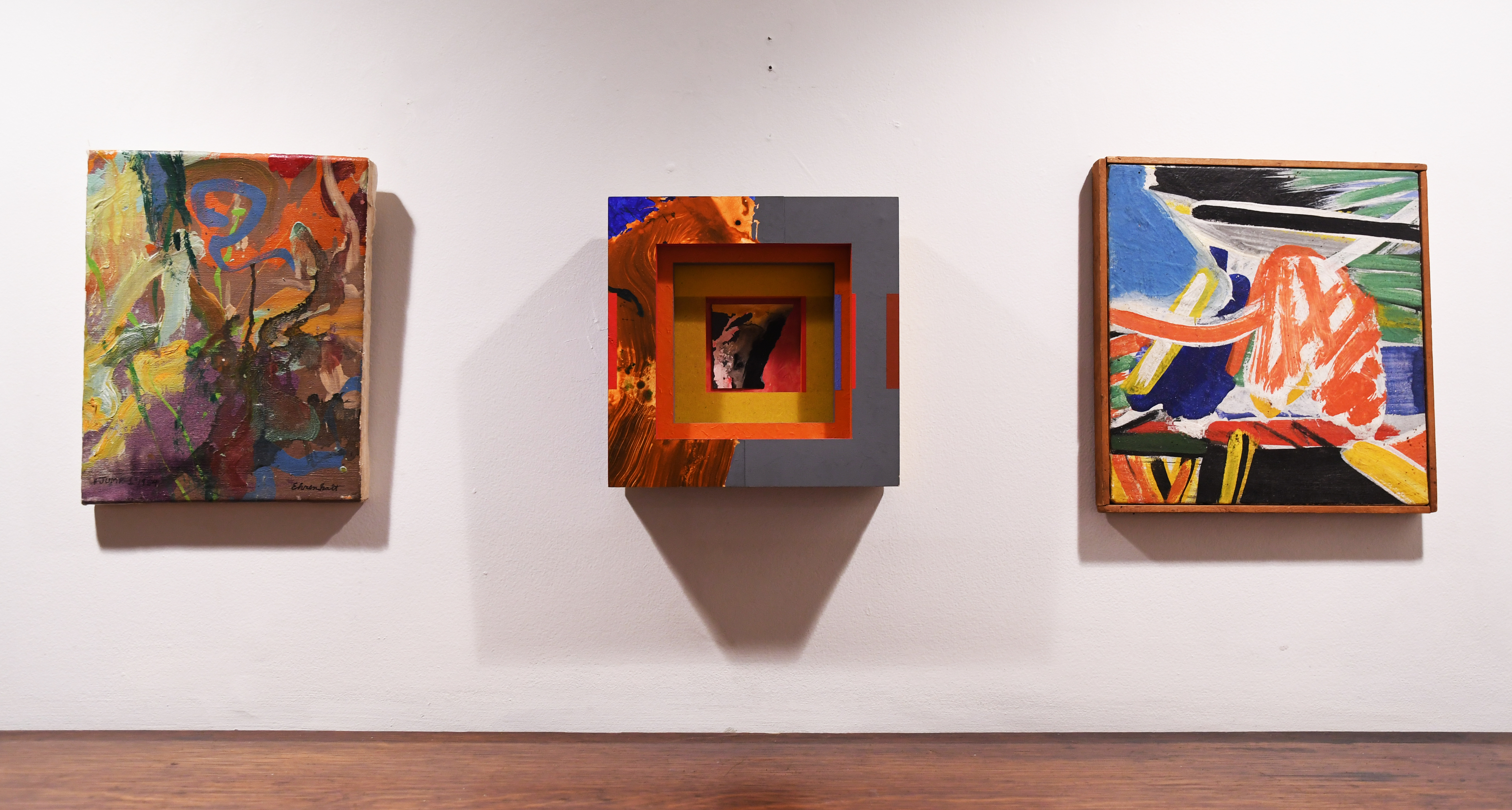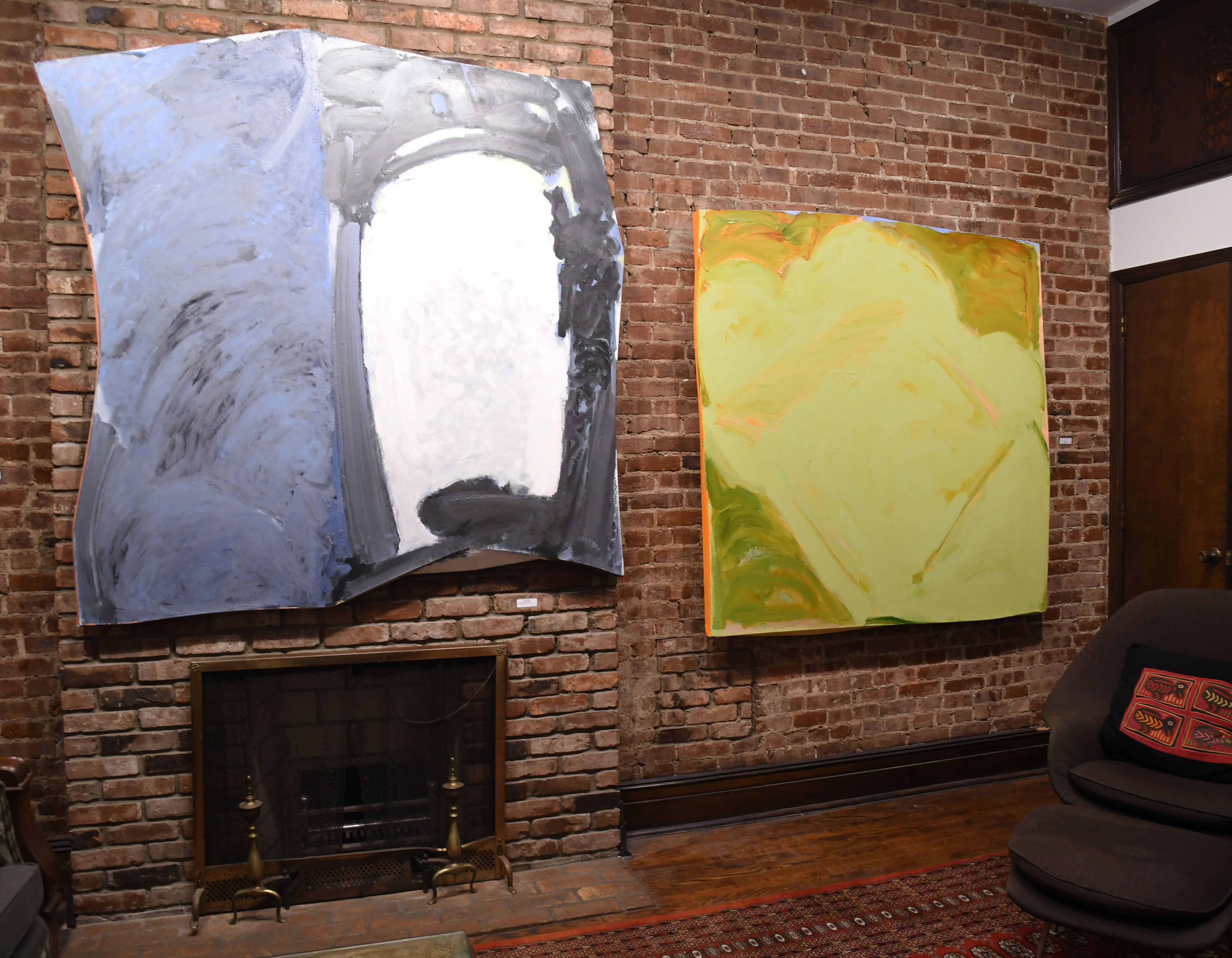Past Exhibition - Upper East Side
"ABSTRACT -
SCHMABSTRACT"
January 19 - April 9, 2019
Gallery 1: "ABSTRACT - SCHMABSTRACT"
GALLERY 2: "ALTERED EDGES" - FEATURING RICHARDS RUBEN
“Abstract-Schmabstract”, a group show, is composed of artists who are known for their strong, lyrical, expressive brushstrokes; their use of color; and their ambitious geometric compositions. We have all heard the different names given to abstract art - Abstract Expressionism, New York School, Lyrical, Geometric, Color Field, Minimalism, Constructivism, etc. This exhibition presents the many different paths that these accomplished artists took.
“Altered Edges” highlights the abstract paintings and paper pieces of Richards Ruben, a post-war artist who constantly searched for new ideas and unexplored territories. He provoked the creative possibilities of sight by utilizing familiar forms and suggestive colors to question the boundaries and limitations with which we restrict ourselves when looking at objects of art or the horizon of our enviornment. He drew with his stretcher bars, carving them and shaping the canvas to reflect his interest in how the inner rhythms of the image corresponded with the outer edges of the canvas, as well as the canvas’ interaction with the wall itself.
Seymour Boardman initially worked in the free manner of Abstract Expressionism, but he gradually began favoring the Hard Edge style. Ilya Bolotowsky found that the geometric discipline of the cerebral Neoplasticism exemplified by Piet Mondrian was a way to express his desire for a dynamic equilibrium. Ernest Briggs offered viewers an experience that is both mysterious and known with his “action painting”. Lawrence Calcagno’s style ranged from meditative, linear abstract landscapes to free-form guestural abstraction. As one of the few living Abstract Expressionists of the 1950s still working, Amaranth Ehrenhalt expands beyond the canvas, creating drawings, prints, watercolors, tapestries, mosaics, murals, sculptures, poetry, prose, and more. Joseph Fiore was a member of the 10th Street art scene, participating in Geometric abstraction, an exploration of color and form. Buffie Johnson’s canvases are witness to her creative process, from the world’s largest abstract mural in the Astor Theatre in the 1950s, to her gestural paintings of the 60s. William Manning was the first native Maine painter to paint abstract work. Ethel Schwabacher combined automatism with abstract forms, representing womanhood, childbirth, and nature. Thomas Sills broke away from his contemporaries as he felt it was not necessary to pin down his art with labels or categories.








